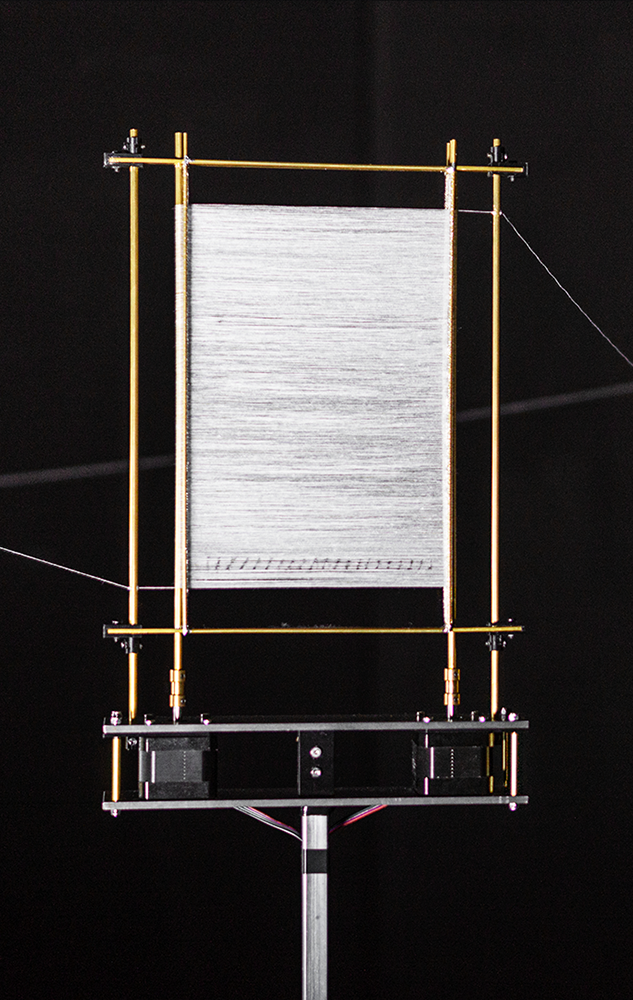
GREG DUNN AND BRIAN EDWARD
Autorreflejado
El Dr. Greg Dunn (artista y neurocientífico) y el Dr. Brian Edwards (artista y físico aplicado) crearon Self Reflected para dilucidar la naturaleza de la conciencia humana, uniendo la conexión entre el misterioso cerebro macroscópico de tres libras y el comportamiento microscópico de las neuronas. Self Reflected ofrece una visión sin precedentes del cerebro en sí mismo, revelando a través de una técnica llamada micrograbados reflectantes el enorme alcance de coreografías neuronales hermosas y delicadamente equilibradas diseñadas para reflejar lo que está ocurriendo en nuestras propias mentes mientras observamos esta obra de arte. Self Reflected fue creado para recordarnos que la máquina más maravillosa del universo conocido está en el centro de nuestro ser y es la raíz de nuestra humanidad compartida.







